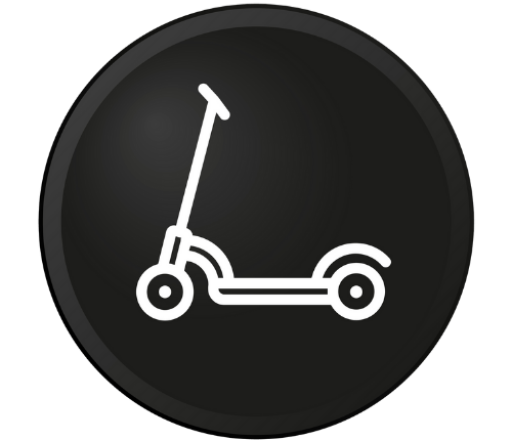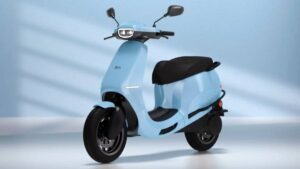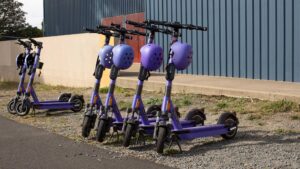Folding bicycles are celebrated for their convenience, portability, and versatility, making them a popular choice among urban commuters, travelers, and recreational riders.
One crucial factor to consider when selecting a folding bike is its weight capacity. Understanding weight capacity is essential to ensure safety, performance, and longevity.
This guide will explore the importance of weight capacity in folding bicycles, how to choose the right bike for your needs, and tips for maintaining your bike’s performance.
What is Weight Capacity?
Definition: The weight capacity of a folding bicycle refers to the maximum weight the bike can safely support. This includes the rider’s weight, any carried cargo, and additional accessories.
Components Influencing Weight Capacity:
- Frame Material and Design: Different materials (aluminum, steel, carbon fiber) and designs have varying strength and durability.
- Wheels and Tires: The strength and type of wheels and tires impact the overall weight capacity.
- Folding Mechanism: The integrity and robustness of the folding joints and hinges play a significant role in supporting weight.
Importance of Weight Capacity
- Safety: Exceeding the recommended weight limit can lead to mechanical failures, increasing the risk of accidents and injuries.
- Performance: Overloading a folding bike can negatively affect its handling, stability, and overall riding experience.
- Longevity: Consistently riding with excessive weight can cause premature wear and damage to the bike’s components, reducing its lifespan.
Standard Weight Capacities
Most folding bicycles have a weight capacity ranging from 200 to 300 pounds (90 to 136 kilograms). However, some models are designed to support higher weights. It’s crucial to check the manufacturer’s specifications for the exact weight limit of your chosen bike.
Factors to Consider When Choosing a Folding Bike Based on Weight Capacity
1. Rider’s Weight
Description: Ensure that the bike’s weight capacity comfortably accommodates your body weight.
Tips:
- Calculate Total Load: Include the weight of your gear, backpack, and any additional accessories in your total load calculation.
- Choose Higher Capacity: If you are close to the upper limit of a bike’s weight capacity, consider choosing a model with a higher limit for added safety.
2. Intended Use
Description: The intended use of the bike affects the required weight capacity.
Tips:
- Commuting: For daily commuting with a laptop, groceries, or other items, opt for a bike with a higher weight capacity.
- Travel and Touring: Long-distance travel or touring with luggage requires a robust bike with a significant weight capacity.
3. Frame and Component Strength
Description: The strength of the frame and components directly impacts the weight capacity.
Tips:
- Material Matters: Steel frames generally offer higher weight capacities than aluminum or carbon fiber.
- Component Quality: Ensure that the wheels, tires, and brakes are designed to handle the specified weight limit.
Popular Folding Bikes with High Weight Capacity
1. Brompton Electric
Description: A versatile folding bike known for its build quality and electric assistance.
Features:
- Weight Capacity: Up to 242 pounds (110 kg).
- Frame: Sturdy steel frame.
- Additional Benefits: Electric motor assistance for easier rides, especially useful for heavier loads.
Best For: Urban commuters looking for a reliable, high-capacity folding bike with added electric assistance.
2. Tern Link C8
Description: A well-built, durable folding bike designed for everyday use.
Features:
- Weight Capacity: Up to 254 pounds (115 kg).
- Frame: Aluminum frame with a reinforced design.
- Components: Quality components for reliable performance.
Best For: Riders needing a robust folding bike for daily commuting and errands.
3. Montague Paratrooper Pro
Description: Originally designed for military use, this bike is known for its ruggedness and high weight capacity.
Features:
- Weight Capacity: Up to 300 pounds (136 kg).
- Frame: Aluminum frame with a focus on strength and durability.
- Design: Full-sized wheels and strong components suitable for off-road and heavy-duty use.
Best For: Riders requiring a folding bike that can handle rough terrain and heavier loads.
Maintenance Tips for Ensuring Optimal Weight Capacity
1. Regular Inspection
Description: Routine checks ensure that the bike remains in top condition and safe for use.
Tips:
- Inspect Frame and Joints: Regularly check for any cracks, bends, or signs of wear in the frame and folding mechanisms.
- Check Wheels and Tires: Ensure that wheels and tires are in good condition and properly inflated.
2. Proper Lubrication
Description: Keeping moving parts well-lubricated reduces wear and tear.
Tips:
- Lubricate Joints: Apply lubricant to the folding joints and hinges to maintain smooth operation.
- Maintain Drivetrain: Regularly clean and lubricate the chain and gears.
3. Avoid Overloading
Description: Staying within the weight capacity prevents excessive stress on the bike.
Tips:
- Distribute Weight Evenly: When carrying additional items, distribute the weight evenly to maintain balance.
- Use Accessories Wisely: Attach accessories such as panniers or baskets in a way that doesn’t exceed the bike’s weight limit.
Conclusion
Understanding and respecting the weight capacity of your folding bicycle is crucial for safety, performance, and durability.
By choosing a bike with an appropriate weight limit, considering your total load, and maintaining your bike properly, you can enjoy a reliable and enjoyable riding experience.
Whether you’re commuting through the city, embarking on a travel adventure, or simply enjoying a leisurely ride, a durable folding bike with the right weight capacity will serve you well for years to come. Happy cycling!



